AJ McAllister YNT-12
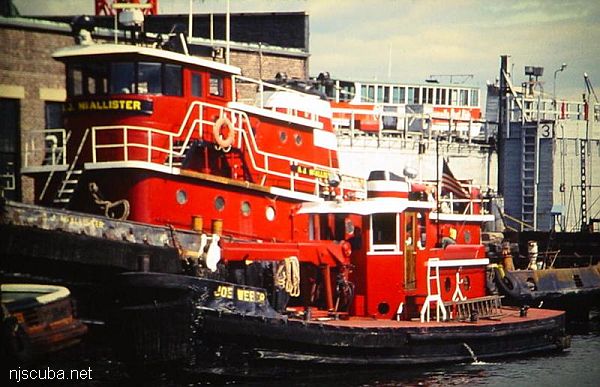
- Type:
- artificial reef, tugboat
- Built:
- 1939, Southern Shipbuilding, Slidell LA as Rowen Card
- Specs:
- ( 106 x 26 ft ) 263 tons
- Sponsor:
- Ann E Clark Foundation
- Sunk:
- Thursday Sept 25, 2003 - Deepwater Artificial Reef
- GPS:
- 39°58.004' -74°10.721'
Built in 1939, by Canulette Shipbuilding Company of Slidell, Louisiana (hull #983) as the Rowen Card for the Card Towing Company of Norfolk, Virginia. In 1940, she was acquired by the United States Navy and designated YN-44 Tamaha. Later redesignated as the YNT-12. In 1947, the tug was returned to the Card Towing Company of Norfolk, Virginia, and renamed Rowen Card. In 1947, she was acquired by the McAllister Brothers Towing Company of New York, New York, and renamed A.J. McAllister. Originally powered by a single, Winton Diesel engine. The tug was repowered in 1960, she was a single screw tug, rated at 1,800 horsepower.
tugboatinformation.com
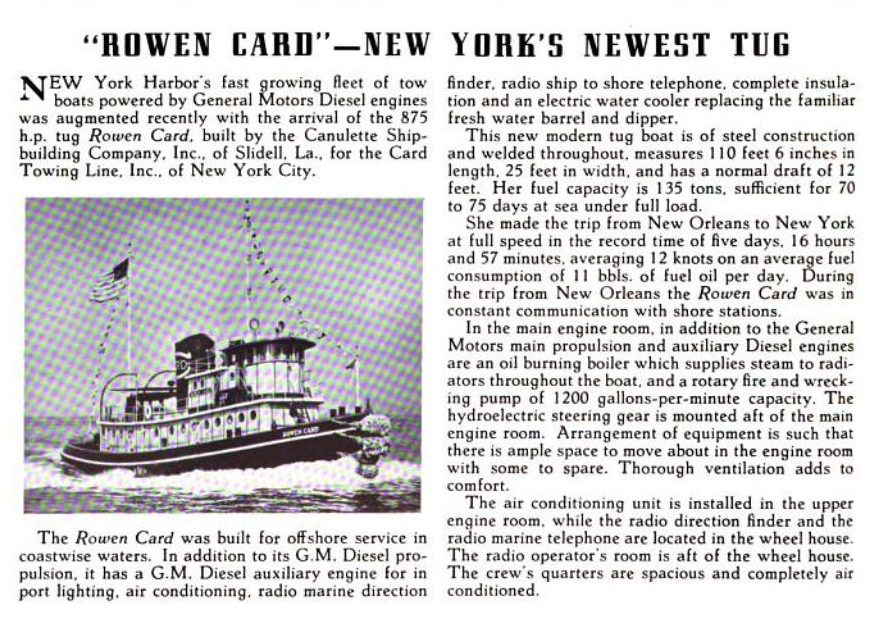
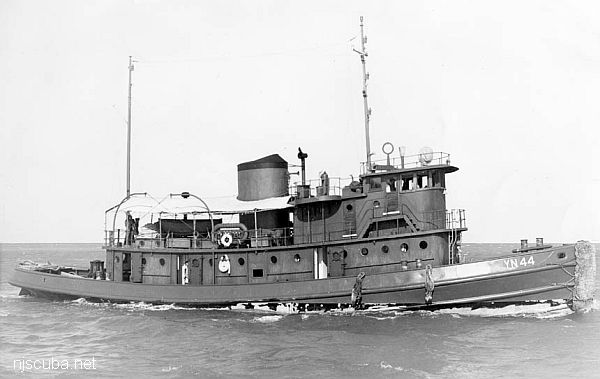
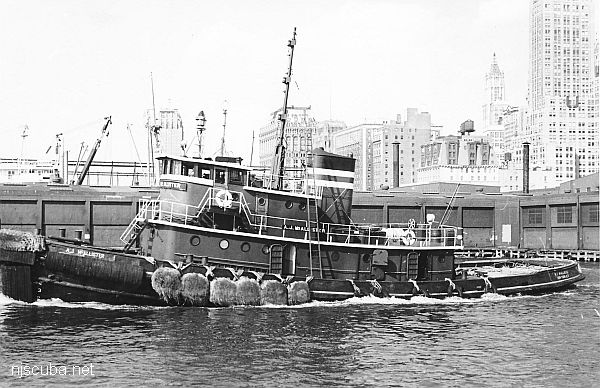
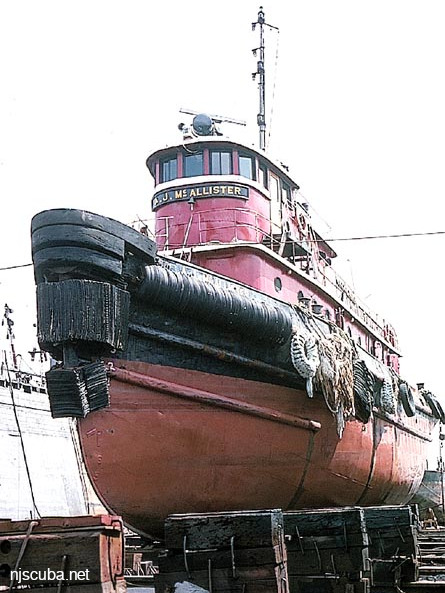
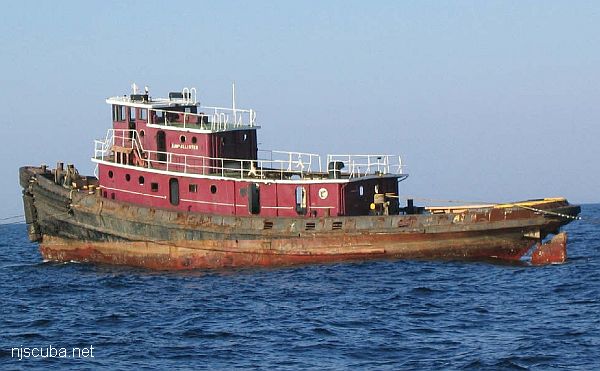
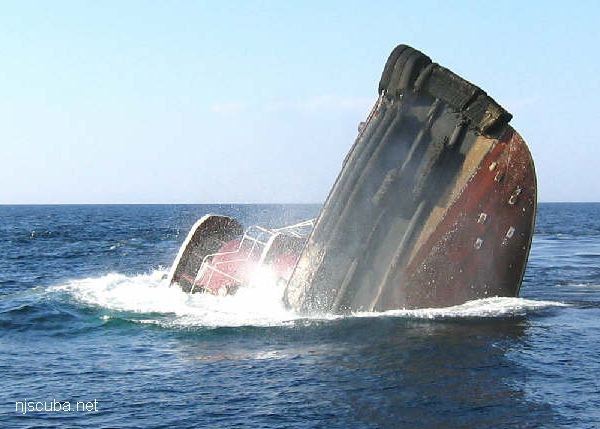
The A.J. McAllister is right on the edge of the permitted reef area, and part of it probably sticks out. The NJ Artificial Reef Program does not show it in their official lists, along with the Diver's Abyss, which is slightly outside the reef.

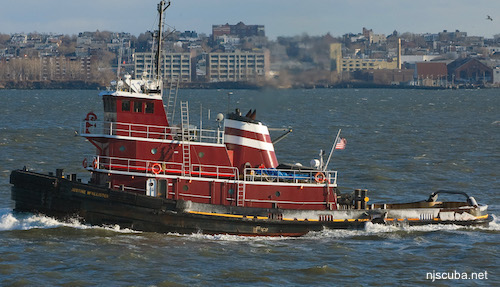
Questions or Inquiries?
Just want to say Hello? Sign the .